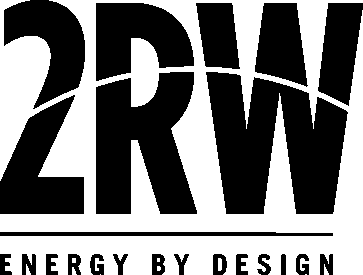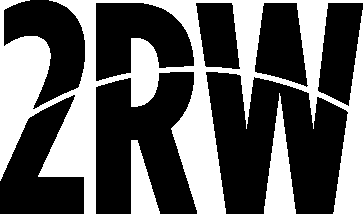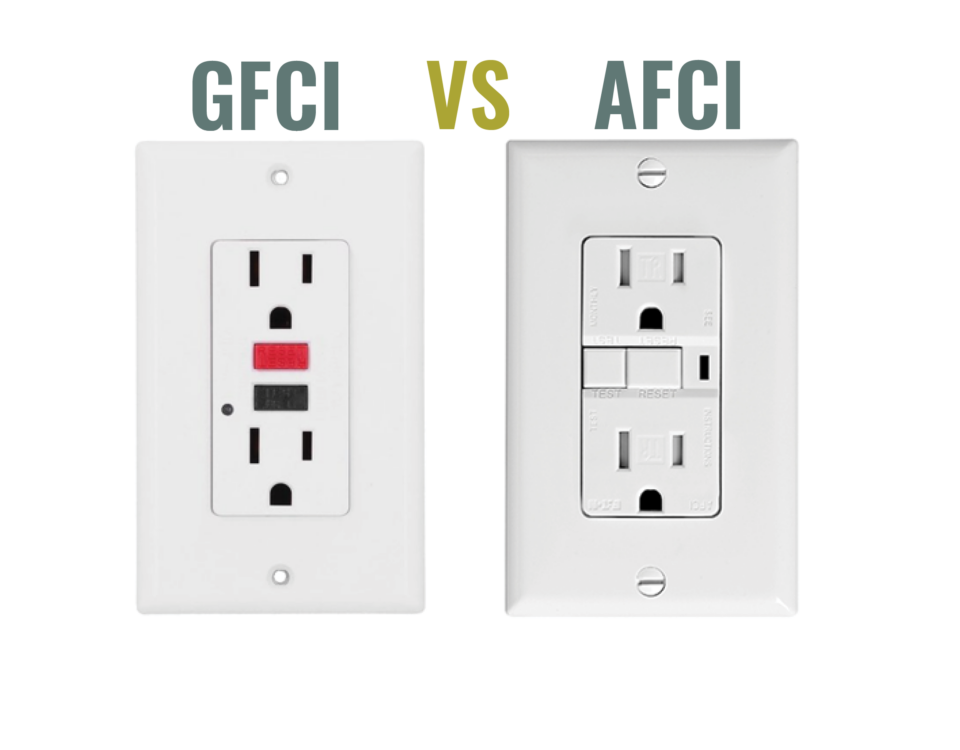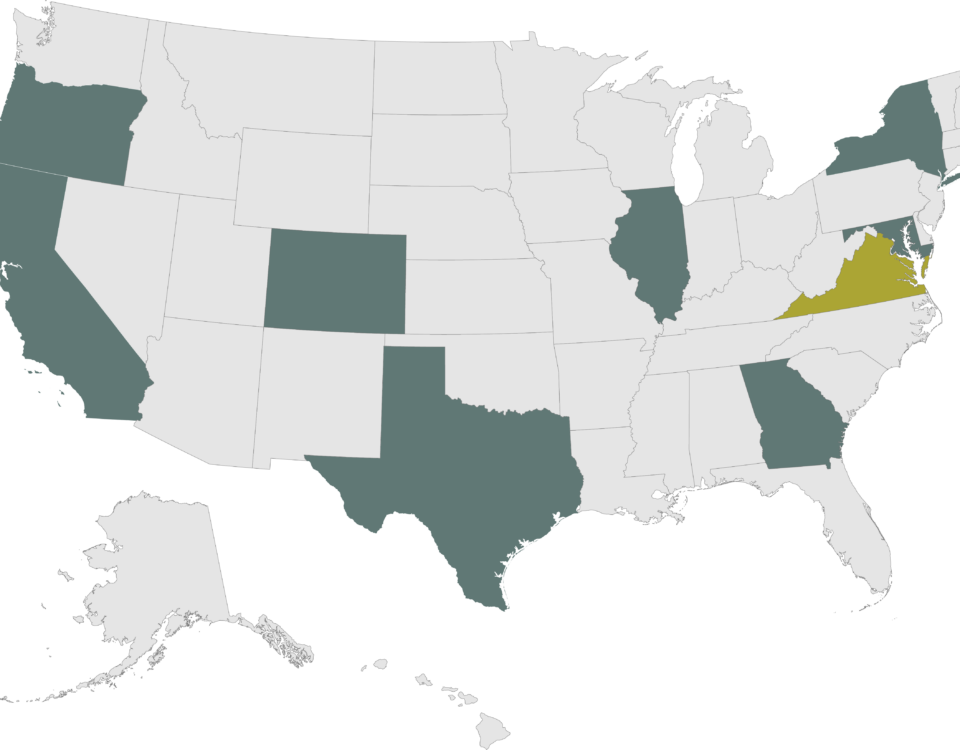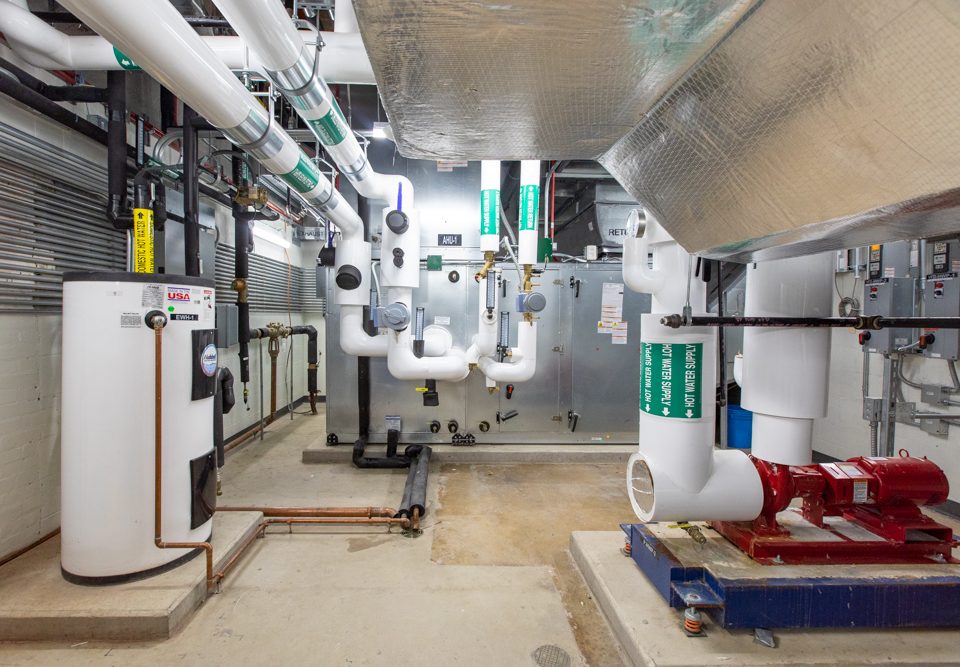 The Center of Developing Entrepreneurs, known as CODE, is a groundbreaking building that prioritizes the well-being of commerce, society, and the environment. While originally intended to meet LEED Gold certification requirements, the team behind the project pushed the envelope of sustainable design to achieve the highest green building certification possible from the US Green Building Council: LEED Platinum. This remarkable achievement is a testament to their unwavering dedication to creating an eco-friendly, high-performance space that benefits everyone involved.
The Center of Developing Entrepreneurs, known as CODE, is a groundbreaking building that prioritizes the well-being of commerce, society, and the environment. While originally intended to meet LEED Gold certification requirements, the team behind the project pushed the envelope of sustainable design to achieve the highest green building certification possible from the US Green Building Council: LEED Platinum. This remarkable achievement is a testament to their unwavering dedication to creating an eco-friendly, high-performance space that benefits everyone involved.
Several key features of the MEP design contribute to the building’s overall efficiency. These include a high-efficiency HVAC system with a dedicated heat recovery chiller system, rainwater harvesting that provides irrigation for green roof spaces, an advanced building automation system (BAS) with individual circuit monitoring and capabilities for localized demand limiting, and high-efficiency LED lighting that generates minimal heat gain within internal spaces.
The successful implementation of the LEED build-out depended on the collaboration between the building’s developer, financier, and design team. Their shared commitment to sustainable building practices across their portfolio was critical in attaining LEED Platinum certification for the seven-story, 213,000 SF CODE building. This accomplishment demonstrates how integrating sustainable practices in space design and build-out can result in a highly efficient and productive environment for collaboration.
The CODE building provides a healthier, more resource-efficient workplace – proving to be a smart investment for the developer and tenants.
Congratulations to everyone who helped make this project a success!
- Architects: Wolf Ackerman Architecture + Design and Eskew+Dumez+Ripple
- Civil Engineer: Timmons Group
- Structural Engineer: Fox + Associates
- Construction Manager: Hourigan Construction
- Sustainability Consultant: Thornton Tomasetti
Learn more about 2RW’s involvement with the project, which helped it meet the requirements for LEED Platinum certification.
- Date
- April 6, 2023
The Center of Developing Entrepreneurs, known as CODE, is a groundbreaking building that prioritizes the well-being of commerce, society, and the environment. While originally intended to...
- Date
- March 30, 2023
The University’s Brandon Avenue district is progressing with its transformative redevelopment. The second phase of student housing construction began last summer and is set for completion...
- Date
- March 8, 2023
The Mary Morton Parsons Clinical Simulation Learning Center at the University of Virginia has been endorsed by the International Nursing Association for Clinical Simulation and Learning...
- Date
- February 21, 2023
A geothermal system can be a sustainable and cost-effective alternative to traditional fossil fuel-based heating and cooling systems and can help reduce a facility’s carbon footprint....
- Date
- February 17, 2023
Did you know that National Engineers Week (Feb 19 – 25, 2023) always encompasses George Washington’s actual birthday of February 22? This is because President Washington...
- Date
- February 8, 2023
Confused between GFCI and AFCI? Don’t worry, we assure you it will be easy to understand. Before going into what these interrupters do, let’s understand what...
- Date
- February 3, 2023
The U.S. Green Building Council (USGBC) announced the ranking of its annual Top 10 States for LEED. Virginia was listed among those top 10, demonstrating leadership...
- Date
- December 13, 2022
What makes you feel comfortable when you’re in a classroom? What goes behind the scenes when you command ‘Alexa’ to dim the lights? What happens when...
